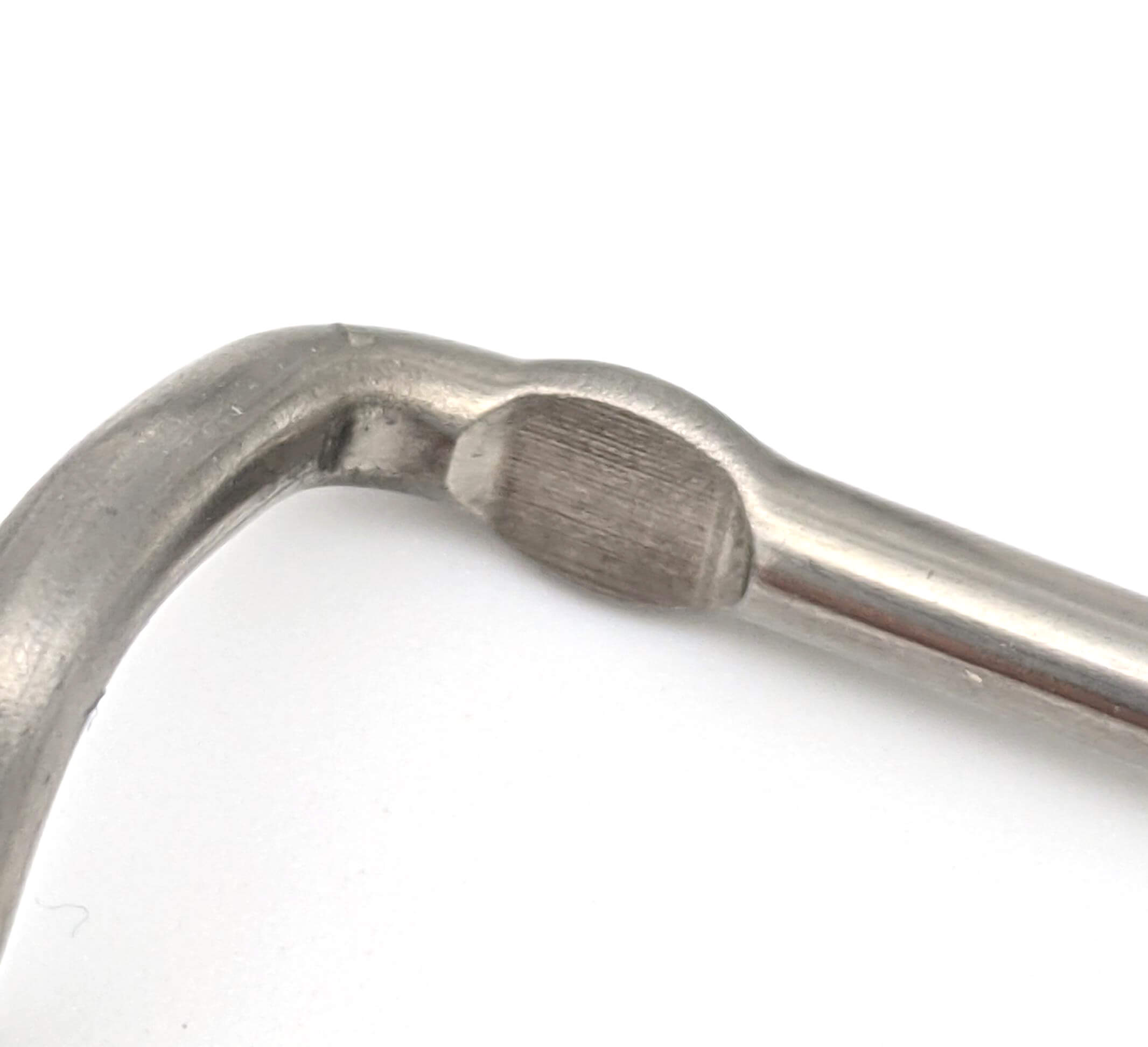Get unique, complex parts easily. No matter your requirements, Chaoyi Spring creates hard-to-produce coil springs and wire forms.
Let us help you create the custom wire form you need, from S-hooks and J-hooks to utility hooks and more.
We work closely with customers across a wide range of industries, helping them design and manufacture made-to-order parts.
Why choose Chaoyi Spring? We prioritize customer-focused collaboration, modern equipment and the latest technology to make your parts per print.
Find the information and guidance you need, from measuring a spring to learning about materials, placing an order and much more.
Torsion springs, often overlooked amidst their compression and extension counterparts, are essential components in countless mechanical systems. Unlike their linear cousins, torsion springs store and release energy through twisting motion.


Torsion springs, often overlooked amidst their compression and extension counterparts, are essential components in countless mechanical systems. Unlike their linear cousins, torsion springs store and release energy through twisting motion. This unique characteristic makes them indispensable in a wide range of applications, from delicate watch mechanisms to heavy-duty industrial equipment. Their ability to generate torque and control rotational movement sets them apart, offering unparalleled precision and power in various engineering feats. In this exploration, we delve into the intricacies of torsion springs, uncovering their fundamental principles, diverse applications, and the crucial role they play in shaping the world around us.

Torsion springs, unlike their linear counterparts, operate on the principle of rotational deformation. When a twisting force, or torque, is applied to a torsion spring, it stores potential energy by coiling or uncoiling, depending on the spring's configuration. This stored energy is then released as a restoring force, causing the spring to return to its original position. The key to understanding torsion spring behavior lies in its unique ability to generate torque, a rotational force that can be precisely controlled and harnessed for various applications.
The world of torsion springs encompasses a multitude of designs, each tailored to specific needs. Some common types include:
The versatility of torsion springs is evident in their wide range of applications. They are found in countless mechanical systems, both large and small, playing crucial roles in various industries:
The behavior of torsion springs is governed by the principles of elasticity and torque. When a twisting force is applied to a torsion spring, it experiences a deformation proportional to the applied torque. The spring's resistance to this deformation is known as its torsional stiffness, which is a measure of its ability to resist twisting. This stiffness is directly related to the spring's material properties, geometry, and design.
A key parameter in torsion spring design is the spring rate, which represents the change in torque per unit angle of twist. A high spring rate indicates that the spring requires a greater torque to achieve a given twist, while a low spring rate implies greater flexibility. The selection of appropriate spring rate is crucial for ensuring optimal performance in a specific application.
Designing torsion springs for optimal performance requires careful consideration of various factors:
As technology advances, the role of torsion springs continues to evolve. The development of new materials and manufacturing techniques is paving the way for lighter, stronger, and more precise torsion springs. Innovative designs are emerging, offering enhanced performance and versatility in a wide range of applications. From miniaturized springs for microelectronics to high-performance springs for advanced robotics, the future of torsion springs holds exciting possibilities, shaping the world of mechanics and engineering in unprecedented ways.
In conclusion, torsion springs are essential components in countless mechanical systems, offering precision, power, and control in a variety of applications. From delicate watch mechanisms to heavy-duty industrial equipment, their ability to generate torque and control rotational movement sets them apart. Understanding their fundamental principles, diverse designs, and applications is key to harnessing their full potential in shaping the world around us.
Browse some of the custom wire forms and springs that we manufacture. Don’t see what you need? We specialize in made-to-order products that meet your application requirements.
Visit Our GalleryNeed a custom wire form or coil spring? We make it work. Fill out the contact form and a representative will respond within 1 business day. If you have a PDF or CAD file, you can submit to request a quote.